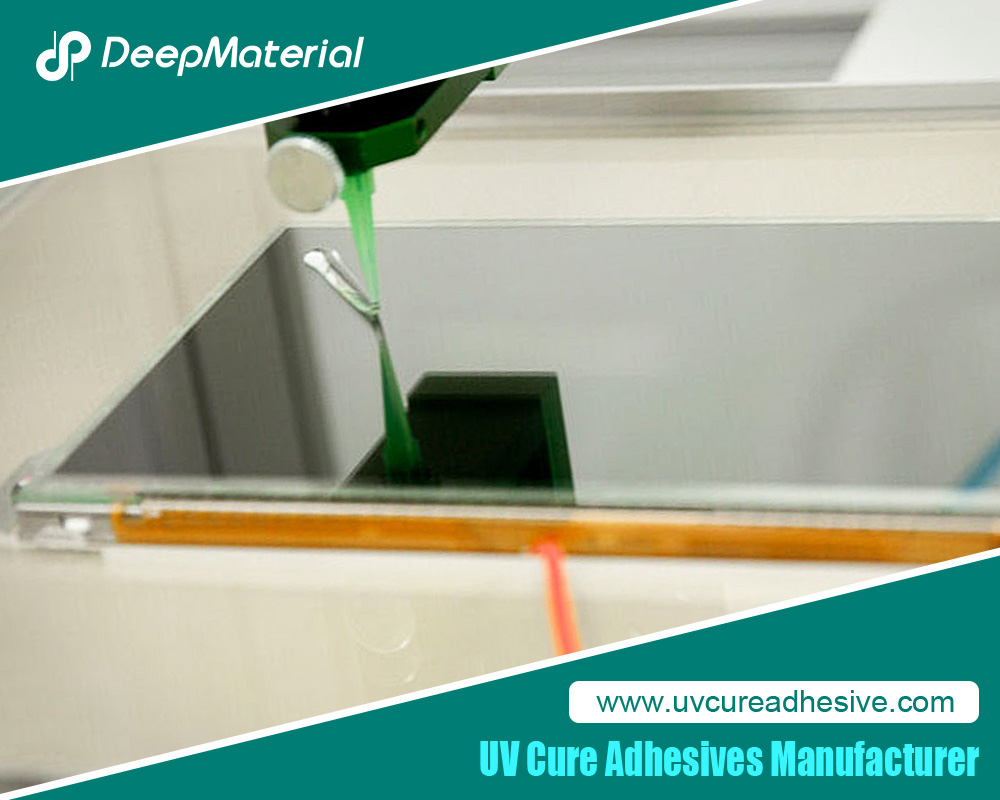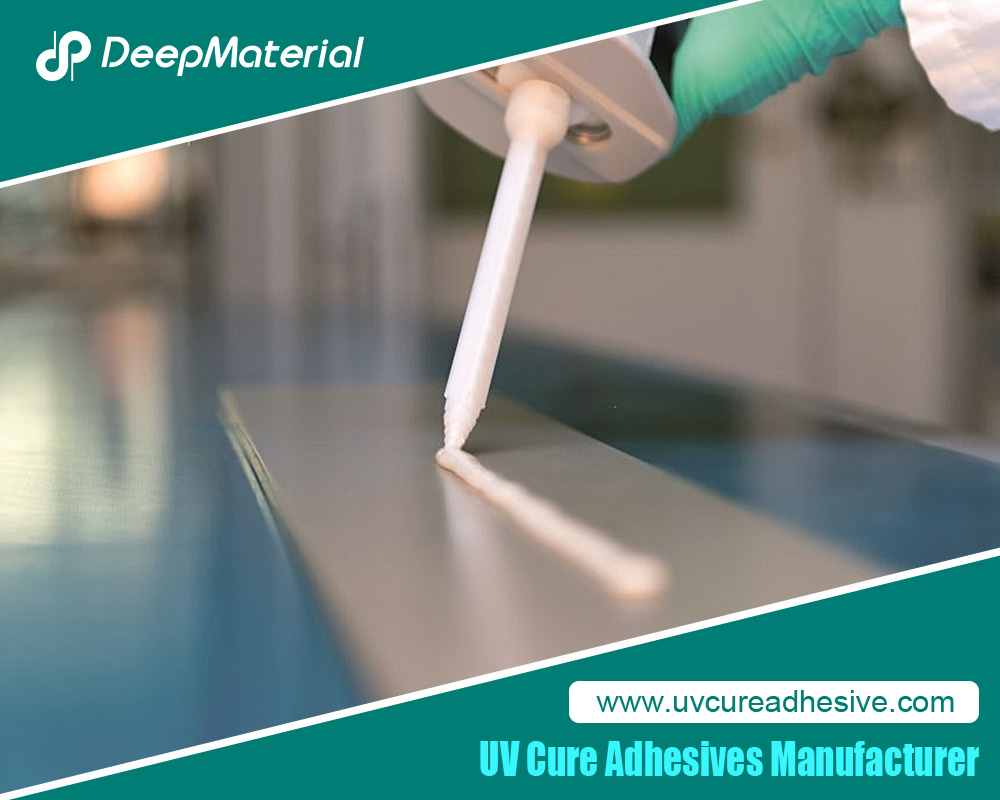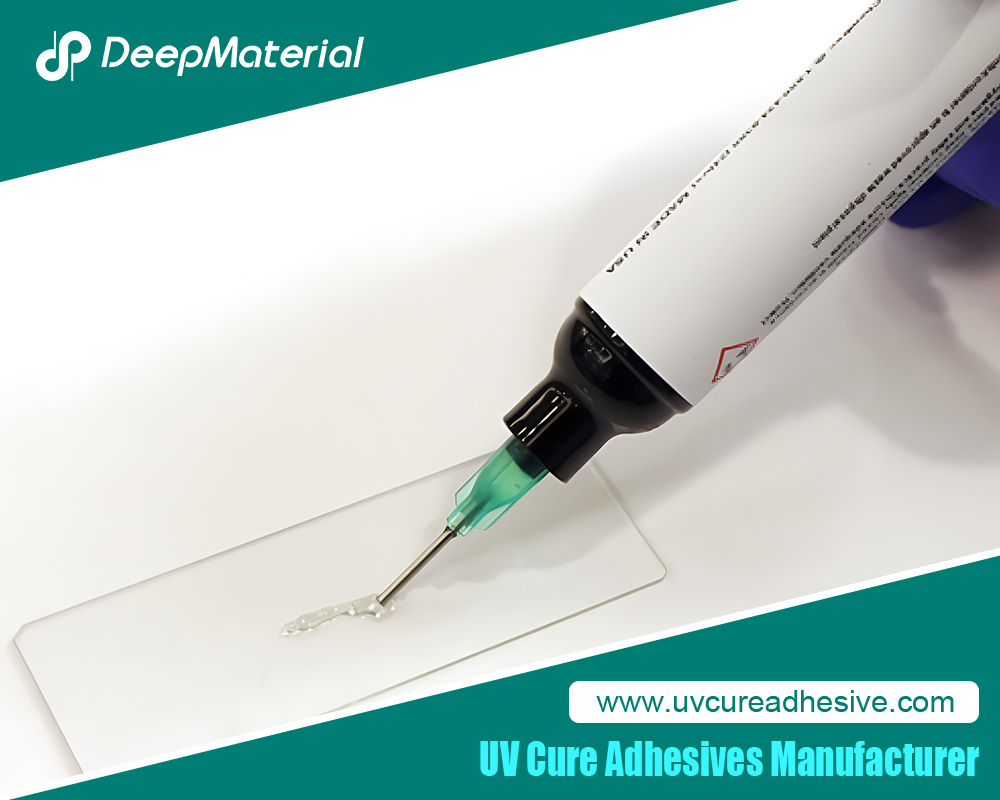UV Curing Potting Compound Manufacturer: Revolutionizing Electronics Protection
In the fast-paced world of electronics manufacturing, protecting sensitive components from environmental stressors like moisture, chemicals, and mechanical shock is paramount. UV curing potting compounds have emerged as a transformative solution, offering rapid curing, precise application, and robust protection compared to traditional heat- or chemical-cured compounds. These advanced materials, which solidify in seconds under ultraviolet (UV) light, are revolutionizing industries such as electronics, automotive, aerospace, and medical devices. Valued for their efficiency and versatility, UV curing potting compounds are driving innovation in high-volume production environments. Manufacturers like Incure, Hernon Manufacturing, MasterBond, Dymax, and Epoxies Etc. lead the market with specialized formulations tailored for diverse applications. This article explores the landscape of UV curing potting compound manufacturers, profiling key players, their products, manufacturing processes, and market trends. By delving into technical specifications, quality assurance, and selection criteria, we aim to guide engineers, manufacturers, and industry professionals in leveraging these cutting-edge materials for optimal performance.
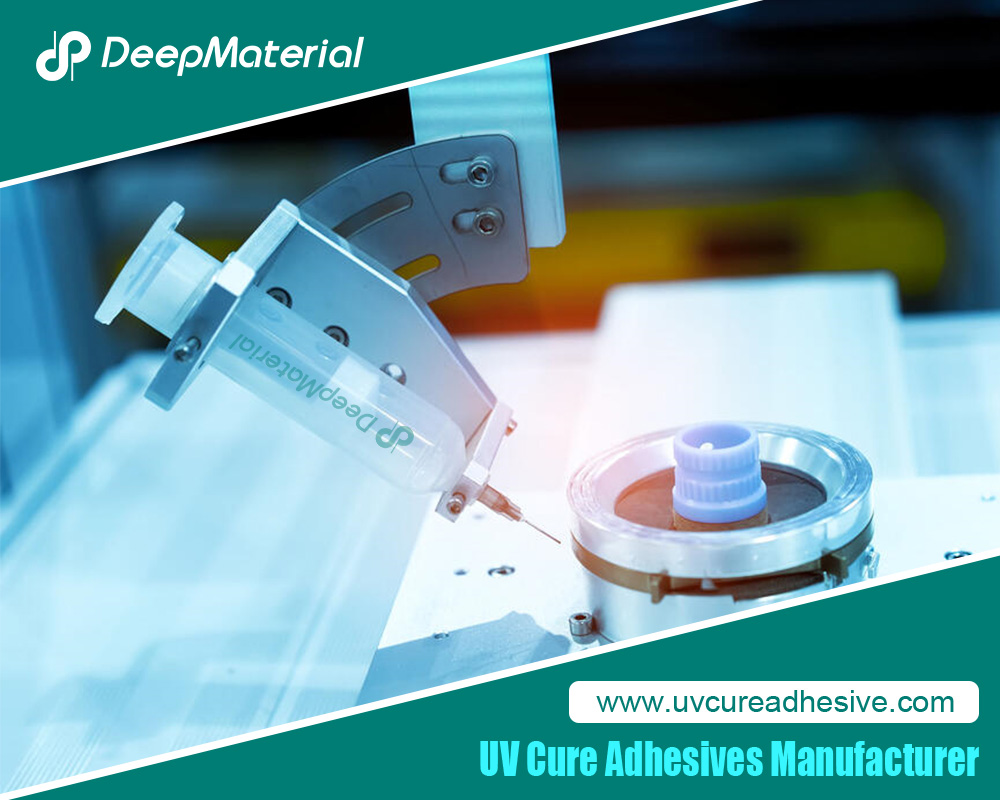
What is a UV Curing Potting Compound?
A UV curing potting compound is a resin-based material used to encapsulate electronic components, providing electrical insulation, environmental protection, and mechanical stability. Unlike traditional potting compounds that rely on heat, moisture, or chemical reactions to cure, UV curing compounds harden rapidly (often in seconds) when exposed to UV light. The process involves applying a liquid resin containing monomers, oligomers, photoinitiators, and additives to an electronic assembly, then curing it under UV light to form a solid or semi-flexible protective layer. Common base materials include acrylics, epoxies, silicones, and hybrids, each offering unique properties like flexibility, hardness, or optical clarity.Key characteristics include:
- Rapid Curing: Cures in 2–30 seconds under UV light, enabling high-throughput production.
- Electrical Insulation: High dielectric strength prevents arcing or shorts.
- Environmental Resistance: Protects against moisture, chemicals, and thermal shock.
- Mechanical Strength: Offers rigidity or flexibility to absorb vibrations.
- Optical Clarity: Ideal for LEDs or displays, with non-yellowing properties.
These properties make UV curing potting compounds ideal for applications requiring speed, precision, and durability, though their reliance on UV light exposure limits their use in shadowed or opaque assemblies.
Key Features and Benefits of UV Curing Potting Compounds
UV curing potting compounds offer distinct advantages for electronics protection:
- Rapid Curing Speed:
- Curing in seconds (e.g., Dymax’s 10–30-second cure, Incure’s Uni-Seal™ 6213) reduces production bottlenecks, unlike heat-cured compounds requiring hours.
- Benefit: Enhances throughput, ideal for high-volume manufacturing.
- Precision and Control:
- UV curing allows on-demand solidification, enabling precise application without premature hardening (e.g., Hernon’s Ultrabond® 758 self-leveling compound).
- Benefit: Minimizes defects and ensures uniform encapsulation.
- Environmental Protection:
- Compounds like MasterBond’s UV15-7SP4 resist moisture, chemicals, and thermal cycling, protecting components in harsh environments.
- Benefit: Extends component lifespan in electronics, automotive, and aerospace applications.
- Sustainability:
- 100% solids formulations (e.g., Incure’s VOC-free compounds) eliminate volatile organic compounds (VOCs) and reduce energy consumption compared to heat-curing systems.
- Benefit: Aligns with green manufacturing trends, as noted in X posts about sustainable processes.
- Versatility:
- Available in acrylic, epoxy, silicone, or hybrid formulations (e.g., Epoxies Etc.’s Illumabond 60-7108), catering to diverse needs like optical clarity or flexibility.
- Benefit: Suits applications from LEDs to automotive ECUs.
- Biocompatibility:
- Medical-grade compounds (e.g., MasterBond’s UV18Med, USP Class VI approved) ensure safety for medical devices.
- Benefit: Enables use in sensitive applications like diagnostic tools.
Applications of UV Curing Potting Compounds
UV curing potting compounds are used across industries to protect critical components:
- Electronics: Encapsulate PCBs, sensors, and connectors in smartphones, wearables, and IoT devices (e.g., Dymax’s PCB potting compounds).
- Automotive: Protect ECUs, sensors, and wiring harnesses from heat and vibration (e.g., Hernon’s Ultrabond® 55711 for connectors).
- Aerospace: Shield avionics from temperature extremes and mechanical stress (e.g., Incure’s Uni-Seal™ 6213).
- Medical Devices: Encapsulate sensors and wearables, ensuring biocompatibility (e.g., MasterBond’s UV18Med).
- Optical Systems: Provide clarity for LEDs, touchscreens, and sensors (e.g., Epoxies Etc.’s non-yellowing Illumabond 60-7108).
- Renewable Energy: Protect solar panels and wind turbine electronics from UV and weather exposure (e.g., Crosslink’s UV-cured epoxy).
Case Study: An automotive manufacturer uses Incure’s Uni-Seal™ 6213 to encapsulate ECUs. The compound’s 30-second UV cure and low-shrinkage properties ensure rapid production and reliable protection against vibration and moisture, reducing assembly time by 40% compared to heat-cured alternatives.
Top UV Curing Potting Compound Manufacturers
Several manufacturers lead the market with innovative UV curing potting compounds, offering Canadian and global distribution:
- Incure (USA, Available in Canada)
- Product: Uni-Seal™ 6213 ($ price varies) is a low-shrinkage, UV/visible light-curing adhesive for electronics, automotive, and medical applications, offering high clarity and durability.
- Why They Excel: Comprehensive portfolio with multi-cure options (UV/heat), technical support for curing optimization, and eco-friendly formulations. Available through Canadian distributors like Amazon Canada.
- Customer Feedback: Praised for rapid curing and adhesion, though some note the need for precise UV equipment.
- Manufacturing Edge: U.S.-based R&D with global production ensures quality and scalability.
- Hernon Manufacturing (USA)
- Product: Ultrabond® 758 ($ price varies) is a low-viscosity, self-leveling UV-curable potting compound for electronics, curing in seconds at 365 nm.
- Why They Excel: Specializes in UV adhesives for connectors and ammunition sealing, with custom dispensing systems. Strong presence in Canada via distributors.
- Customer Feedback: Valued for fast curing and environmental resistance, though shadowed areas require secondary curing.
- Manufacturing Edge: Combines adhesive formulation with curing equipment solutions.
- MasterBond (USA)
- Product: UV15-7SP4 ($ price varies) is a flexible, single-component UV-curable compound curing up to 1/4 inch, with non-yellowing properties for sensors and capacitors.
- Why They Excel: Offers biocompatible (USP Class VI) and high-temperature-resistant compounds, with robust technical support. Available in Canada via distributors.
- Customer Feedback: Users appreciate optical clarity and insulation, though costs are higher for specialized grades.
- Manufacturing Edge: Focuses on tailored formulations for niche applications.
- Dymax (USA, Available in Canada)
- Product: 921-GEL ($ price varies) is a high-strength UV/heat-curable resin for PCB potting, curing in 10–30 seconds.
- Why They Excel: Multi-Cure® technology ensures curing in shadowed areas, with halogen-free formulations. Available through Canadian retailers like DigiKey.
- Customer Feedback: Praised for tack-free curing and adhesion, though equipment costs are a concern.
- Manufacturing Edge: Integrates UV curing systems with potting materials for seamless production.
- Epoxies Etc. (USA)
- Product: Illumabond 60-7108 ($ price varies) is a non-yellowing, low-viscosity UV-curable epoxy for potting, curing in 12 seconds.
- Why They Excel: Offers one-component systems with unlimited working times, customizable formulations, and Canadian availability via distributors.
- Customer Feedback: Users value clarity and fast curing, though some require assistance with curing setup.
- Manufacturing Edge: Specializes in custom epoxy and urethane formulations.
Manufacturing Processes and Quality Assurance
Producing UV curing potting compounds involves several stages, often blending advanced chemistry with global manufacturing:
- Formulation and R&D: Manufacturers like Incure and MasterBond develop compounds with specific photoinitiators and monomers, tailoring properties like viscosity (e.g., 800–1,500 cps for MasterBond’s UV15-7SP4) or flexibility.
- Material Selection: Acrylics, epoxies, silicones, or hybrids are chosen for durability, clarity, or biocompatibility. Additives like UV stabilizers enhance performance (e.g., Crosslink’s 1-year shelf-life epoxy).
- Production: Automated mixing and dispensing systems ensure consistent resin-photoinitiator blends. Cleanroom facilities (e.g., Dymax) minimize contamination for medical-grade compounds.
- Quality Testing: Tests include dielectric strength, moisture resistance, and cure depth (e.g., up to 1/2 inch for Crosslink’s epoxy). Certifications like SGS or ISO 10993-5 (MasterBond’s UV18Med) validate safety.
- Logistics: Suppliers like Dymax and Incure offer fast shipping (4–8 days in Canada) and customized packaging for branding, supporting global distribution.
Chinese manufacturers (e.g., Hubei Douhaha, referenced in pet stroller context) produce cost-effective compounds, while U.S.-based firms like Hernon and MasterBond emphasize premium quality and technical support.
Market Trends Driving UV Curing Potting Compounds
The UV curing potting compound market is shaped by several trends:
- Miniaturization: Demand for compact electronics drives low-viscosity compounds for precise encapsulation (e.g., Hernon’s Ultrabond® 55711).
- Sustainability: VOC-free, energy-efficient compounds align with green manufacturing, as noted in X posts about eco-friendly processes.
- Automation: Integration with robotic dispensing and UV curing systems (e.g., Dymax’s C9000 conveyor) boosts production efficiency.
- Medical and Automotive Growth: Biocompatible and high-temperature-resistant compounds cater to medical devices and ECUs.
- E-Commerce: Online platforms like DigiKey and Amazon Canada enhance supplier reach, with detailed product listings driving sales.
Tips for Choosing a UV Curing Potting Compound Supplier
- Match Application Needs: Select compounds based on substrate (e.g., plastics, metals) and properties like clarity or flexibility (e.g., Epoxies Etc. for optical applications).
- Verify Curing Compatibility: Ensure UV equipment matches the compound’s wavelength (e.g., 365 nm for Hernon’s Ultrabond® 758).
- Prioritize Technical Support: Choose suppliers like Incure or Dymax offering curing optimization and equipment guidance.
- Check Certifications: Opt for SGS- or ISO-certified compounds (e.g., Ibiyaya’s pet strollers, MasterBond’s UV18Med) for reliability.
- Evaluate Cost vs. Performance: Balance affordability (e.g., Giantex’s pet strollers) with premium features (e.g., MasterBond’s biocompatibility).
- Ensure Canadian Availability: Suppliers like Aosom Canada or DigiKey offer fast shipping and support.
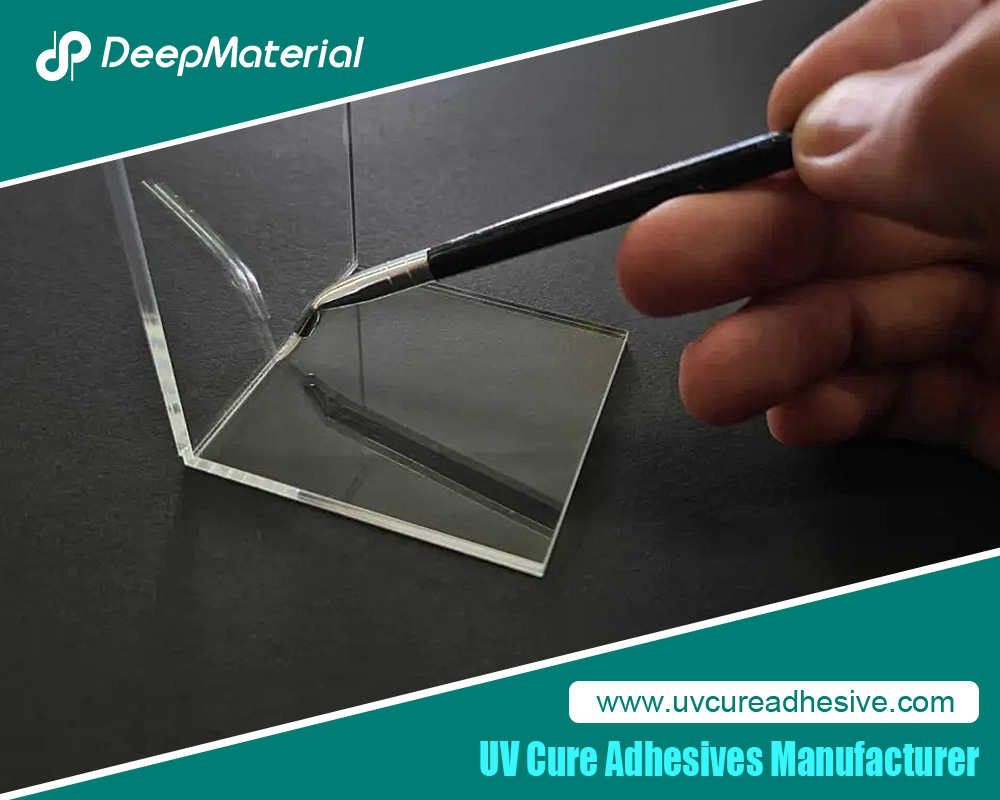
Challenges and Solutions
- Shadowed Areas: UV light cannot penetrate opaque assemblies. Solution: Use dual-cure compounds (e.g., Dymax’s Multi-Cure®) or secondary heat curing.
- Equipment Costs: UV curing systems add upfront costs. Solution: Partner with suppliers like Incure for equipment selection guidance.
- Material Compatibility: Poor adhesion risks delamination. Solution: Test compounds with substrates, as recommended by Incure.
- Tariff Impacts: Recent U.S. tariffs on Chinese imports may raise prices. Solution: Source from Canadian distributors or U.S.-based suppliers like Hernon.
Future Trends
- Smart Features: Sensors for real-time cure monitoring are emerging.
- Eco-Friendly Formulations: VOC-free, biodegradable compounds will grow, aligning with sustainability trends.
- Multi-Cure Systems: UV/heat or UV/moisture compounds (e.g., Dymax’s 921-GEL) will address shadowed areas.
- Global Expansion: Chinese suppliers will expand exports, leveraging cost advantages, while U.S. firms focus on premium markets.
For more about UV curing potting compound manufacturer: revolutionizing electronics protection, you can pay a visit to DeepMaterial at https://www.uvcureadhesive.com/ for more info.

